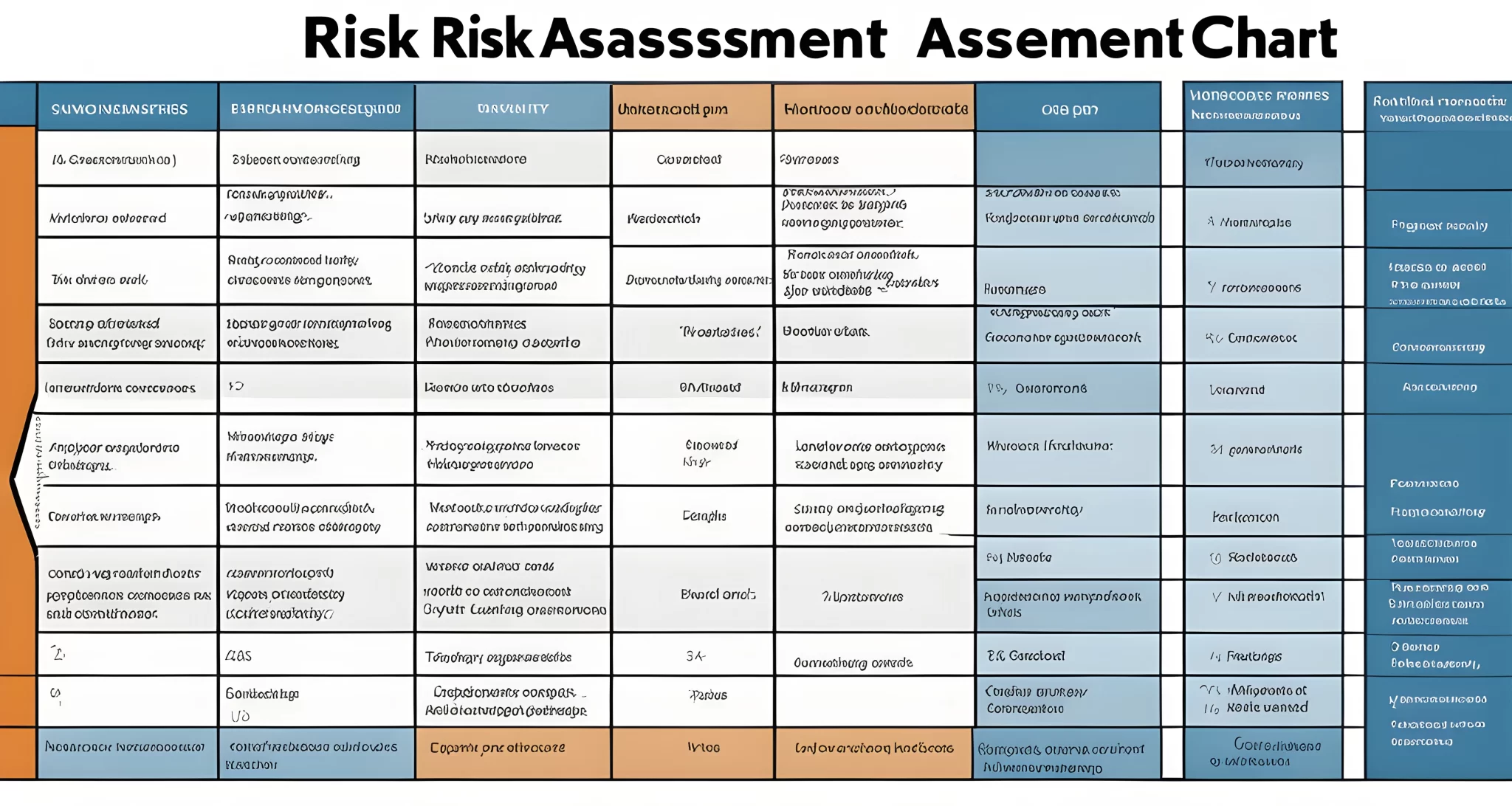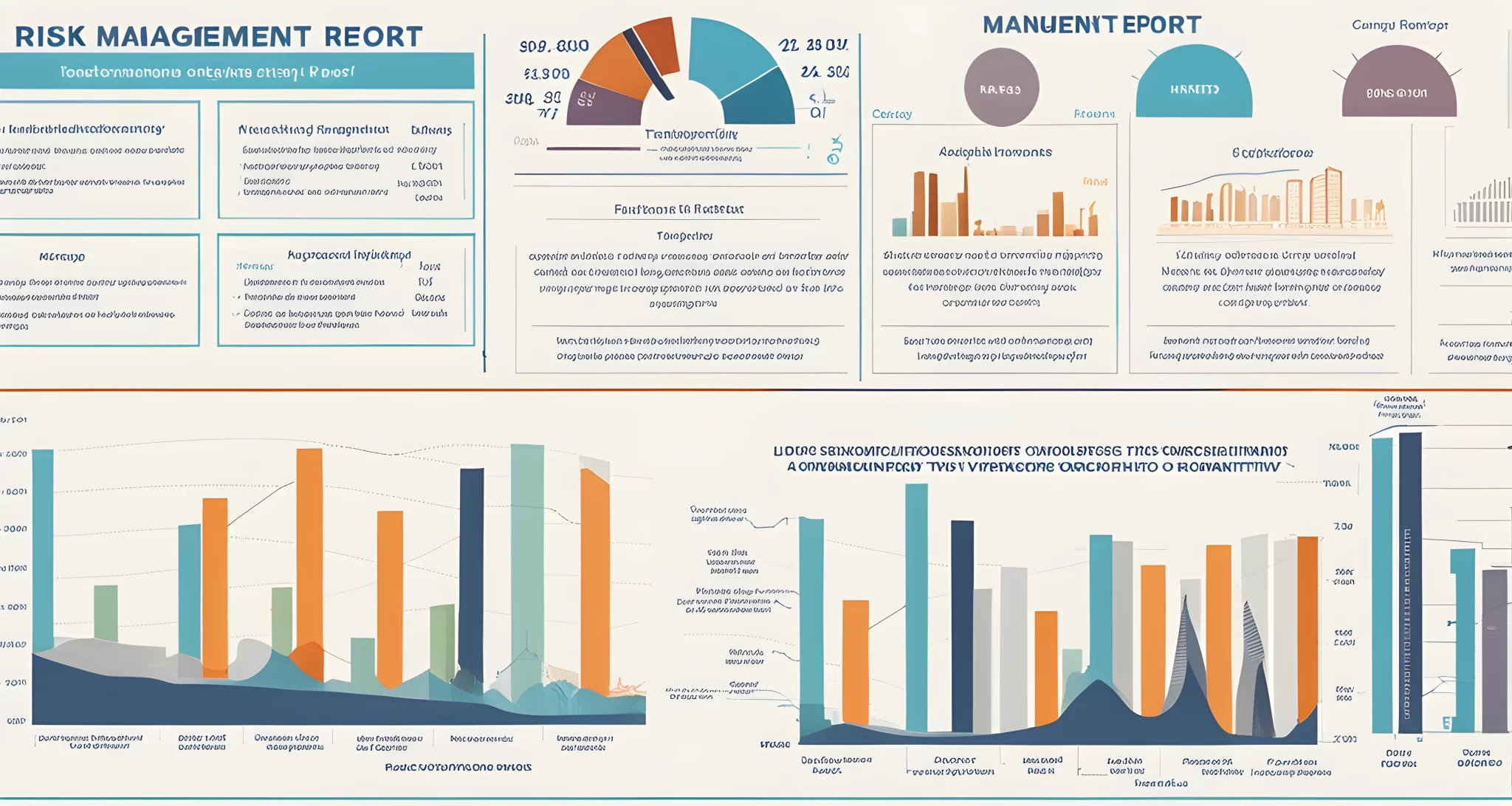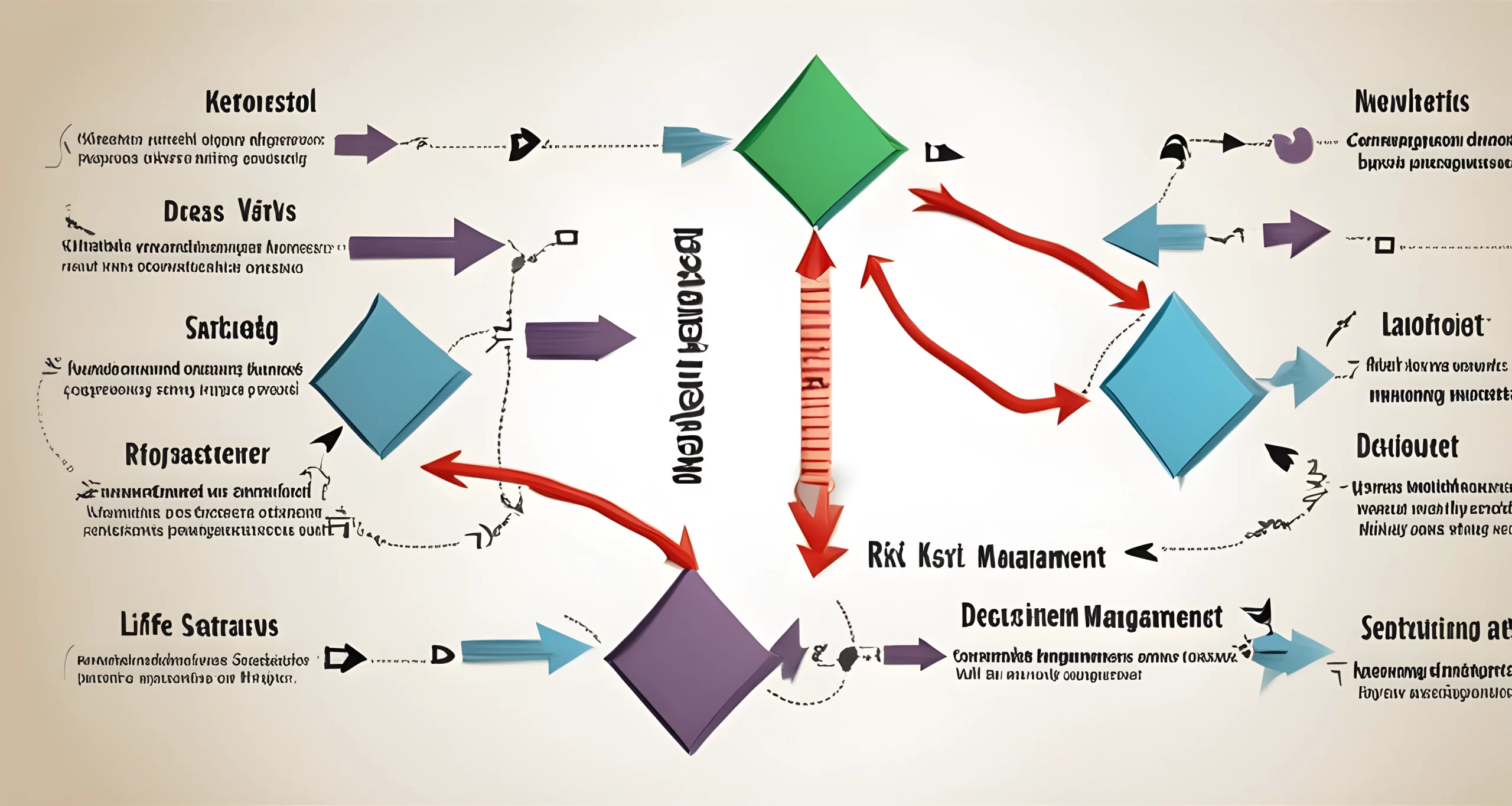Identify risks
Identifying risks is the crucial first step in effective risk management. It involves a comprehensive assessment of the business environment, internal operations, and external factors that could pose a threat to the organization’s objectives. This process requires a deep understanding of the potential risks that could impact the organization.
In today’s dynamic and competitive business landscape, organizations are constantly exposed to various risks that can jeopardize their success. These risks can come from a wide range of sources, including economic fluctuations, regulatory changes, technological advancements, and even natural disasters. Therefore, it is essential for businesses to have a clear understanding of these potential risks in order to develop proactive strategies to mitigate them.
Identifying risks also involves analyzing historical data, conducting risk assessments, and gathering input from key stakeholders within the organization. By examining past incidents and trends, businesses can gain valuable insights into potential vulnerabilities and take steps to prevent similar occurrences in the future.
Furthermore, having a thorough understanding of the internal operations is critical for identifying potential risks. This includes evaluating the effectiveness of existing processes and systems, as well as identifying any weaknesses or areas of improvement that could leave the organization vulnerable to risk.
External factors such as political instability, market volatility, and changing consumer behavior also play a significant role in influencing risk exposure. Therefore, businesses must closely monitor these external factors and assess how they could impact their operations.
In conclusion, identifying risks is an ongoing process that requires a proactive approach and continuous vigilance. By thoroughly assessing the business environment, internal operations, and external factors that could pose a threat to the organization’s objectives, businesses can develop effective strategies to mitigate these risks and safeguard their long-term success.
To learn more about the importance of risk management in business, check out Key role of risk management.

Analyze risks
After identifying potential risks, the next step in effective risk management is to analyze them thoroughly. This involves assessing the likelihood of each risk occurring and the potential impact it could have on the organization. By conducting a comprehensive analysis, organizations can gain a deeper understanding of the potential threats they face and make informed decisions on how to address them.
One important aspect of analyzing risks is determining their likelihood of occurrence. This involves evaluating the probability of each risk actually materializing. By assigning a level of likelihood to each risk, organizations can prioritize their focus on the most pressing issues. This analysis also helps in allocating resources effectively, ensuring that the most significant risks are addressed first.
In addition to assessing the likelihood of risks, it is crucial to consider their potential impact on the organization. This involves evaluating the extent to which each risk could affect the organization’s objectives, operations, and overall success. Understanding the potential impact of risks allows organizations to prioritize them based on their severity and develop appropriate risk mitigation strategies.
By evaluating risks, organizations can make informed decisions on how to manage and mitigate potential threats. This analysis helps in prioritizing risks and allocating resources effectively Program risk management tips. It also enables organizations to identify areas where additional controls or measures may be necessary to minimize the impact of potential risks.
In conclusion, analyzing risks is a critical step in effective risk management. It provides organizations with valuable insights into the likelihood and potential impact of each risk, allowing them to prioritize their focus and allocate resources appropriately. By conducting a thorough analysis, organizations can make informed decisions on how to manage and mitigate potential threats, ultimately strengthening their overall strategy for risk management.

Prioritize risks
After analyzing risks, it is essential to prioritize them based on their potential impact and likelihood of occurrence. This step helps in focusing on the most significant risks and allocating resources accordingly. By ranking risks, organizations can ensure that they are addressing the most critical threats first.
Prioritizing risks allows businesses to strategically allocate resources to manage the most pressing issues that could impact their strategic objectives. This involves assessing the potential impact of each risk on the organization’s goals and operations. By understanding which risks have the highest likelihood of occurring and could result in the greatest negative consequences, businesses can effectively prioritize their risk management efforts.
It is important to note that not all risks are equal, and some may have a more significant impact on the organization than others. For example, a Managing Business Risks article highlights that risks related to regulatory compliance or cybersecurity may have a higher priority than operational or financial risks. Prioritizing risks also helps in aligning risk management efforts with the overall strategic direction of the organization.
In prioritizing risks, organizations can utilize various frameworks and tools to assign scores or rankings based on factors such as potential impact, likelihood of occurrence, and existing control measures. This structured approach enables businesses to focus on addressing the most critical threats first, ensuring that they are effectively managing their risk exposure.
By prioritizing risks, organizations can also communicate more effectively with stakeholders about the most significant threats facing the business. This transparency can help build trust and confidence among stakeholders, demonstrating that the organization is actively managing its risk exposure in a strategic and proactive manner.
In conclusion, prioritizing risks is a crucial step in effective risk management. By focusing on the most critical threats first, businesses can allocate resources strategically, align risk management efforts with strategic objectives, and communicate effectively with stakeholders about their risk exposure.

Treat risks
Treating risks is a crucial step in effective risk management. Once risks have been identified, analyzed, and prioritized, it’s essential to take action to mitigate or eliminate them. This involves implementing strategies to minimize their impact on the organization.
There are several ways to treat risks, including:
- Avoiding the risk altogether by eliminating the activity or process that poses the risk.
- Retaining the risk and accepting its potential impact, but implementing measures to reduce its likelihood or severity.
- Spreading the risk by diversifying investments or business activities to minimize the impact of a single risk.
- Transferring the risk through insurance policies or contracts with suppliers, partners, or clients.
By effectively treating risks, organizations can minimize their impact and ensure a more secure operating environment. This not only protects the organization from potential financial losses but also helps maintain a positive brand reputation and customer trust.
For more insights into effective risk management strategies, check out Effective Risk Management Strategies. This article offers key strategies for addressing risks in planning and provides valuable insights into how organizations can effectively manage and mitigate potential risks.
In conclusion, treating risks is a vital component of an organization’s overall risk management strategy. By taking proactive steps to identify and address potential risks, organizations can safeguard their operations and protect their long-term success.

Monitor and review risk management results
Once the risk management strategies have been implemented, it is crucial for organizations to regularly monitor and review the results to ensure their effectiveness. This ongoing process is essential to maintaining a robust risk mitigation plan and to adapt to any changes in the risk environment.
By monitoring and reviewing risk management results, organizations can assess whether the identified risks are being effectively managed and whether any new risks have emerged. This allows them to make informed decisions about where resources should be allocated for further risk treatment.
Regular monitoring also ensures that risks remain within acceptable limits, preventing any potential negative impact on the organization. It provides a clear picture of how well the risk management strategies are working and whether any adjustments need to be made.
Furthermore, by continually reviewing risk management results, organizations can identify any gaps or weaknesses in their current strategies. This enables them to adapt their approaches as necessary and implement new measures to strengthen their risk mitigation efforts.
To maintain an effective risk management strategy, organizations should periodically review their approach against industry best practices. This ensures that they are keeping up with the latest trends and developments in risk management, allowing them to continuously improve their strategies.
Overall, monitoring and reviewing risk management results is a critical step in the risk management process. It allows organizations to adapt their strategies as necessary, maintain robust risk mitigation, and ensure that they are prepared for any changes in the risk environment. By doing so, they can maximize opportunities through effective risk management Effective Risk Management Strategies.
- Identify risks
- Analyze risks
- Prioritize risks
- Treat risks
FAQ
What is risk management?
Risk management is a systematic process of identifying, assessing, and mitigating risks that could impact an organization’s objectives.
How do you identify risks in risk management?
Identifying risks involves recognizing potential threats to the business environment, internal operations, and external factors that could impact the organization’s objectives.
Why is it important to prioritize risks in risk management?
Prioritizing risks helps the organization focus on the most significant risks and allocate resources effectively based on their potential impact and likelihood of occurrence.
What is the final step in effective risk management strategy?
The final step is to regularly monitor and review the effectiveness of risk management strategies and make necessary adjustments to ensure risks remain within acceptable limits.
